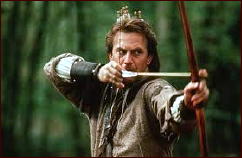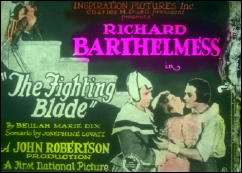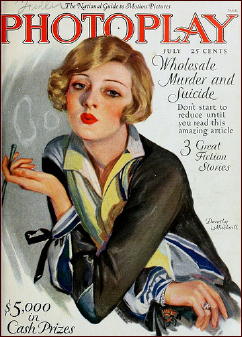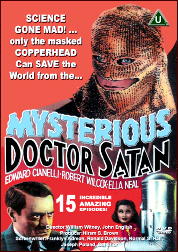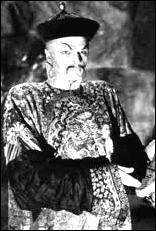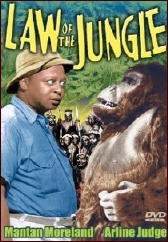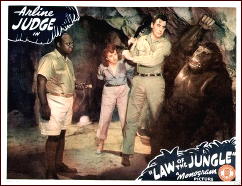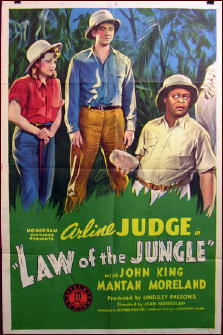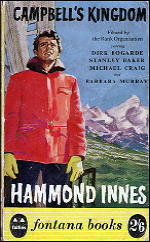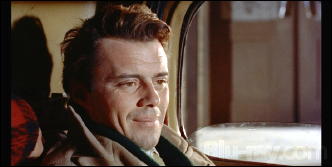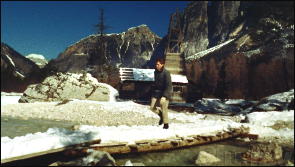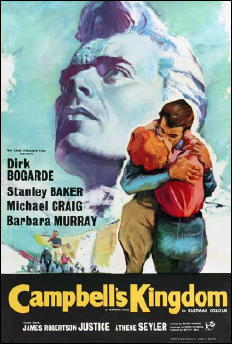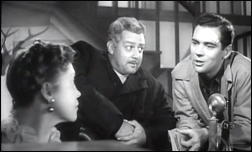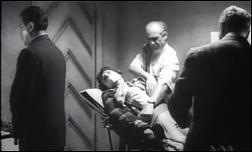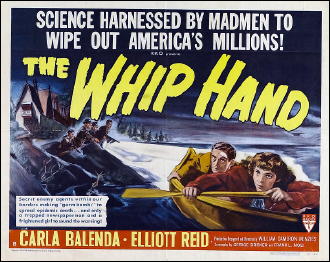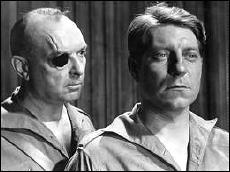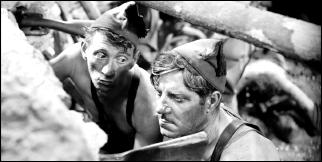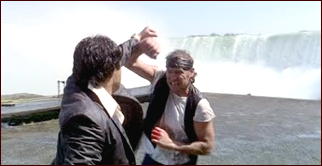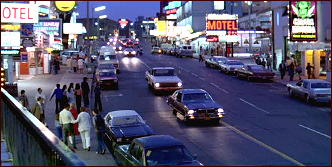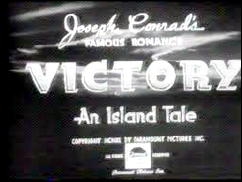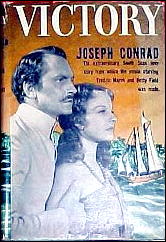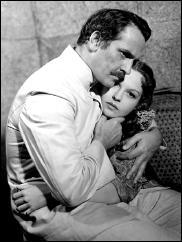REVIEWED BY DAN STUMPF:
Five JACKIE CHAN Kung-Fu Movies
I saw something the other day I never knew existed: An intelligent Kung-Fu Movie. After seeing his segment on the TV series The Incredibly Strange Film Show, I finally found a couple Jackie Chan films at a local video store and rented them.

I should confess at the outset that I used to watch Kung-Fu movies on a semi-regular basis, and mildly enjoyed them, despite their almost total lack of competence, but if anyone had told me there existed martial arts films with wit and humor, I wouldn’t have believed them, particularly after watching the first four films mentioned here.
Dragon Lord was only mildly disappointing, with long stretches of supposedly witty banter between Jackie Chan and his buddy, both of whom rather improbably play juveniles.
As you might expect, whatever wit there may have been in the original dialogue got fumbled in translation. Also the pan-and-scan is woefully inadequate at times. There are a couple of imaginative action scenes, though, including one where Jackie sneaks across a roof while bad guys inside thrust spears up at him.
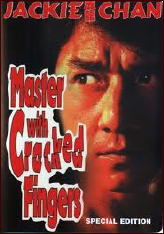
In all, while this was nothing to write home about, it was not bad enough to keep me from watching other Jackie Chan movies.
Master with Cracked Fingers seems to be an earlier film, and is completely routine Kung-Fu stuff. I wouldn’t show it to my dog, but it did remind me of a conundrum of the genre:
In this and most other Kung-Fu flicks, there’s almost always a climactic battle with the hero or heroes fighting it out — sometimes two or three against one — with some aged character who looks like the Chinese equivalent of Lionel Barrymore. Can any of you Orientalists out there tell me why it seems so particularly important and praiseworthy for Martial Artists to drub these old duffers?
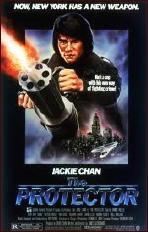
The Protector was a conscious attempt by Chan to break into the American market, and to this end Danny Aiello was hired to co-star. (Yeah, that’ll pack ’em in.)
Unfortunately, the producers forgot to write a part for Aiello, so he spends the film standing around saying things like “You’re the boos, Jackie,” “Right behind you, Jackie,” and “Here it is, Jackie.”
Jay Silverheels got better lines than that! The film itself is suffused with a modest sheen of competence, but the plot and characterization are so routine as to have been done by rote.
Fantasy Mission Force, on the other hand, is almost bad enough to be good. It’s set in World War II. Everyone drives brightly-colored Suzuki Jeeps with roll bars, and one of the Generals wears a Civil War uniform, but it’s supposed to be WWII.
The plot, such as it is, involves a super-Commando (not Jackie Chan) assigned to rescue four allied Generals kidnapped by Japanese Nazis(!) in Luxembourg, which, it turns out, has no cities but lots of dense jungle and bamboo huts.

To this end, the Super-Grunt recruits a force of spectacularly incompetent outlaws in a variety of period costumes, and they all set out for wherever the Generals are being held.
From this point on, the plot gets a little strange, as the World War II Commando Force encounters Cannibal Amazons, Ghosts, Punk Road Warriors in beat-up Ford Mustangs, and a wandering chicken thief played (about time!) by Jackie Chan.
As I say, it’s almost bad enough to enjoy, but ultimately the lack of enthusiasm on the part of all concerned in its making sinks this one.
So finally we get to Police Force (aka Jackie Chan’s Police Force, aka Police Story), which is quite simply an intelligent, imaginative Action Film, on a par with the best of the James Bond’s, or just about any French Thriller, with lots of visual gags and a couple of actual developed characters.
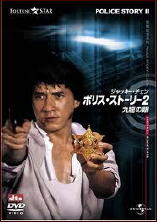
Police Force also features some very imaginatively-staged action scenes, including the destruction of a hillside village by driving little cars through it, and the similar trashing of a multi-floor mega-mall in an extended fistfight.
As for the Star himself, Jackie Chan emerges here as a sort of Asiatic Belmondo, complete with klutzy machismo, self-deprecating humor, and an insistence that all his action scenes be shot so as to show that he’s not using a stunt man.
It’s a device that’s been used before, notably by such cinematic athletes as Doug Fairbanks and Fred Astaire, and it’s rather well suited to the straight Action Film. I had to wade through a lot of celluloid slop to get there, but Police Force was worth the trip.
— Reprinted from
A Shropshire Sleuth #52, March 1992.
â— DRAGON LORD. Authority Films, 1982. Also released as Dragon Strike; original title: Long xiao ye. Starring, co-written by and directed by Jackie Chan.
â— MASTER WITH CRACKED FINGERS. Soon Lee Films, 1971. Original title: Guang dong xiao lao hu. Jackie Chan, Siu Tien Yuen. Director: Mu Zhu.
â— THE PROTECTOR. Golden Harvest Company, 1985. Jackie Chan, Danny Aiello, Sandy Alexander. Director: James Glickenhaus.
â— FANTASY MISSION FORCE. Cheung Ming Films, 1982. Original title: Mi ni te gong dui. Jackie Chan, Brigitte Lin. Director: Yen-ping Chu.
â— POLICE FORCE. Golden Way Films Ltd., 1985. Also released as Police Story. Original title: Ging chat goo si. Jackie Chan, Brigitte Lin. Director: Jackie Chan.
